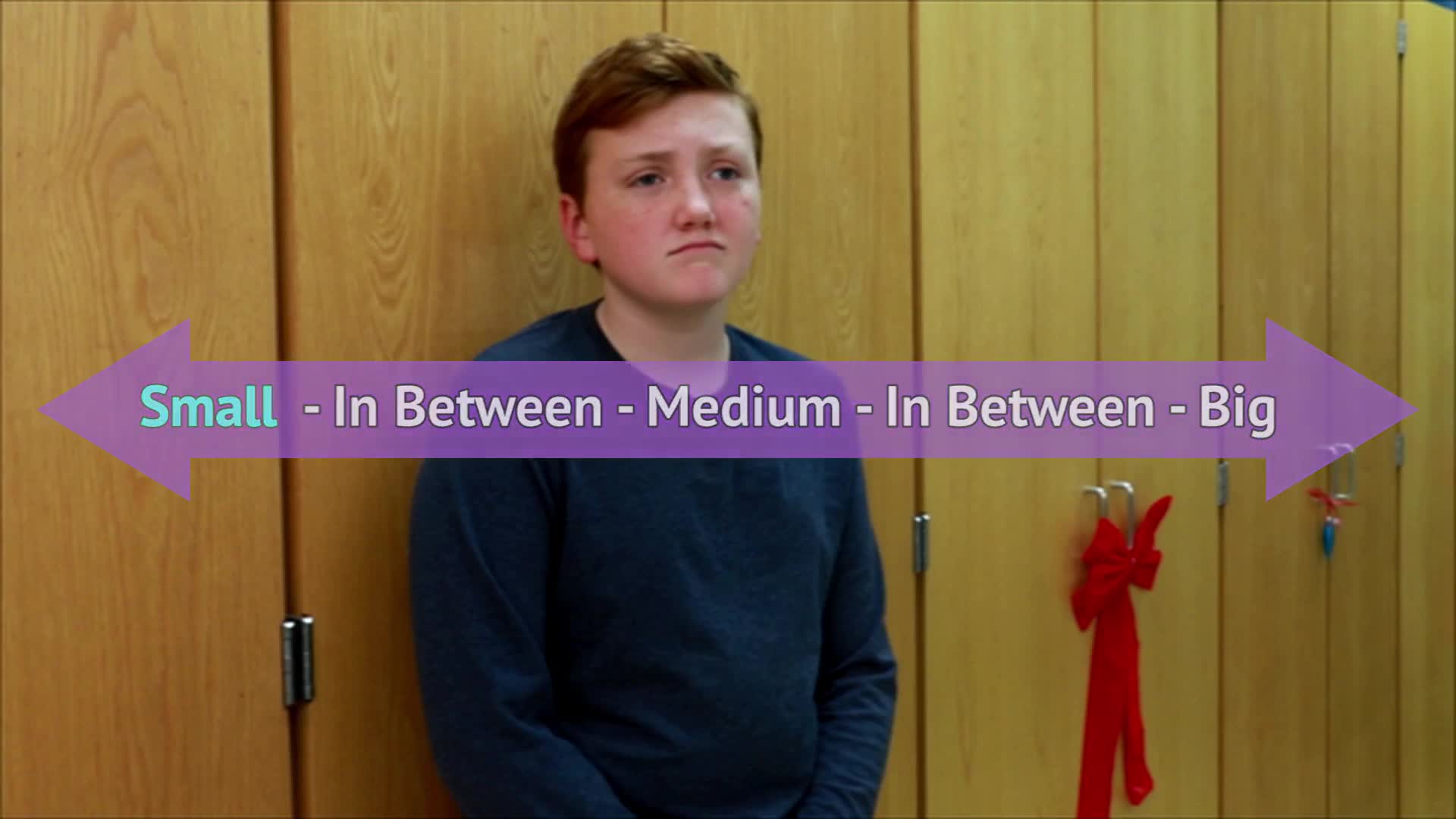
Introduction
Welcome to Solve It, a problem-solving game designed to help elementary students develop essential skills in a fun and engaging way. This activity incorporates principles of Social-Emotional Learning, guiding students through a step-by-step process to effectively navigate everyday challenges. In this blog post, we will explore the steps involved in Solve It, provide a no-prep activity for educators, offer discussion questions, and suggest related skills for students to develop.
No-Prep Activity
To get started, you don’t need any materials or preparation. Simply gather your students and present them with a scenario to work through. For example, let’s say two students, Mia and Alex, both want to use the same book from the classroom library, but there is only one copy available. Guide your students through the following steps to solve the problem:
- Identify the problem: What’s wrong?
- Figure out how big the problem is: Is it a big or small problem? Do they need help to solve it?
- Think of possible solutions to the problem: What are some ways to resolve the issue?
- Pick a solution: Choose the best option for both students.
- Try that solution and reassess it: How did it work? Did it solve the problem?
Encourage students to discuss their feelings and thoughts at each step of the process. This will help them understand the importance of communication and empathy in problem-solving.
Discussion Questions
- How did you feel when you first encountered the problem? How did your feelings change throughout the problem-solving process?
- What strategies did you use to think of possible solutions? How did you decide which solution was the best?
- How can you apply the steps of Solve It to other problems you might face in the future?
- Why is it important to consider other people’s feelings when solving problems?
- Can you think of a time when you successfully used problem-solving skills in your own life? How did it feel?
Related Skills
Solve It is an excellent way to develop essential skills in elementary students. In addition to problem-solving, this activity helps students build on the following related skills:
- Communication: Expressing thoughts, feelings, and ideas effectively.
- Empathy: Understanding and sharing the feelings of others.
- Critical Thinking: Analyzing and evaluating information to make decisions.
- Collaboration: Working together to achieve a common goal.
- Resilience: Adapting to challenges and bouncing back from setbacks.
Next Steps
Now that you have an understanding of the Solve It game and its benefits, it’s time to put it into practice with your students. To further support your students’ social-emotional learning journey, sign up for free samples of the discussed skill and others at Everyday Speech. These resources will help you create a positive and supportive learning environment, empowering your students to thrive both academically and personally.

